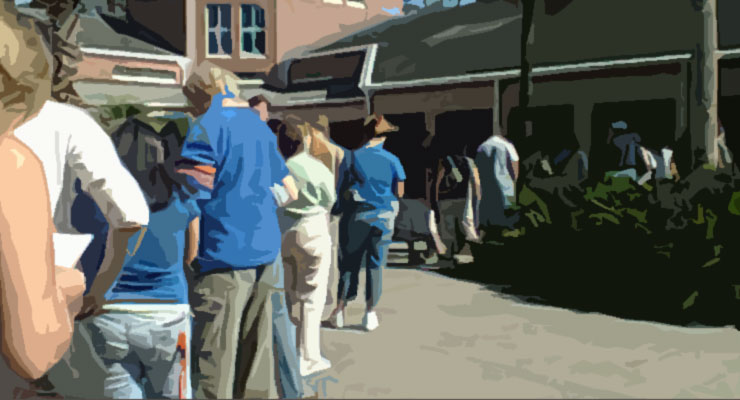
In an interesting post by Michael Alvarez at CalTech’s Elections Updates Blog, the author asks, “After generally declining after the 2000 presidential election, the national residual vote rate rose in the 2016 presidential election. Why?” With that question in mind, Alvarez wrote a new VTP working paper, titled “Residual Votes and Abstention in the 2016 Election”, working in collaboration with experts Charles Stewart III, Stephen Pettigrew and Cameron Wimply. Here is the abstract from the working paper:
We analyze the significant increase in the residual vote rate in the 2016 presidential election. The residual vote rate, which is the percentage of ballots cast in a presidential election that contain no vote for president, rose nationwide from 0.99% to 1.41% between 2012 and 2016. The primary explanation for this rise is an increase in abstentions, which we argue results primarily from disaffected Republicans more than from alienated Democrats.
In addition, other factors related to election administration and electoral competition also explain variation in the residual vote rates across states, particularly the use of mail/absentee ballots and the lack of competition at the top of the ticket in non-battleground states. However, we note that the rise in the residual vote rate was not due changes in voting technologies. The analysis relies on a combination of public opinion and election return data to address these issues.
To read the full working paper, click here. The Election Updates Blog is based at the California Institute of Technology (Caltech).
Leave a Reply